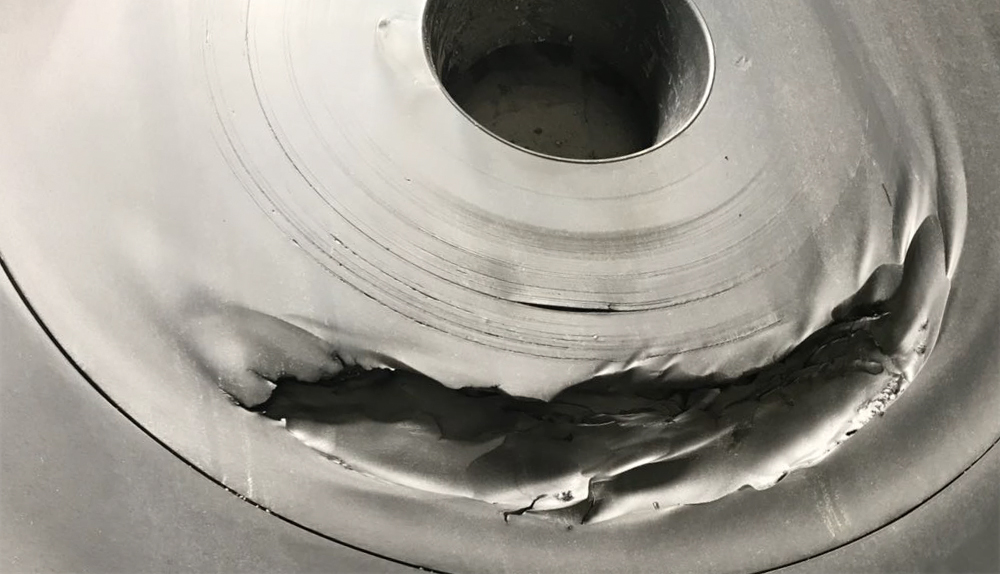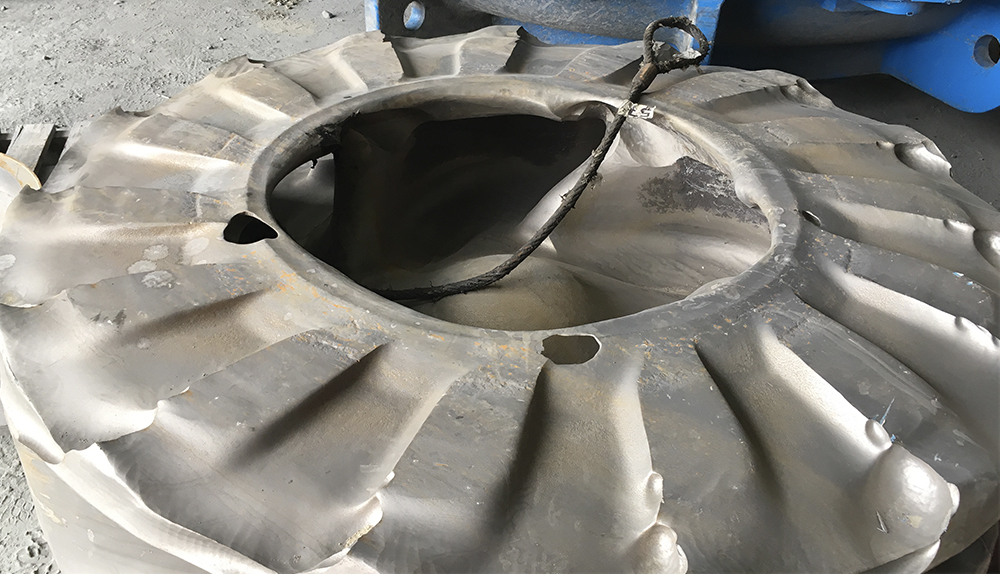Are your pumps putting your production and on-site safety at risk?
Slurry pumps are subject to a lot of stress, which can lead to failures and, ultimately, lost production.
Ernst & Young (EY) has identified costs and productivity as some of the major risks the mining industry will have to contend with this year. Despite inflationary pressures easing, higher operating costs – driven, primarily, by energy and labour costs – continue to persist. Moreover, many miners have to manage the ever-increasing cost of carbon, with different national and regional jurisdictions adopting carbon pricing schemes.
“Improving productivity will depend upon a combination of data, information, knowledge and wisdom that is centred around people and powered by technology,” the EY report states.
This has long been the foundation of Weir business, according to Elias Aho, Weir Director, Centrifugal Pump Product Management.
“As an OEM, we’re focused on partnering with miners to provide them with not only equipment solutions based on their operational requirements, but also product and process expertise that they can leverage to ensure their production isn’t jeopardised,” he said.
Don’t risk production
Mines are challenging environments to operate in, often located in remote regions that are difficult to service. Equipment is subject to a lot of stress, which can lead to failures and, ultimately, lost production.
This is true of all equipment, but particularly pumps, which move the slurry through the various process stages. Put simply, if a pump stops working, production on that line halts.
At a Peruvian copper mine, two replicated feed cyclone pumps were installed in an attempt to reduce costs.
Weir engineers had previously advised operators that replicated pumps and spare parts would increase their maintenance burden and expose them to a greater risk of unplanned shutdowns, with the accompanying production loss. Responding to these concerns, the operators agreed to compare the performance of the Warman® pumps with genuine parts versus the replicated pumps to understand the Total Operating Cost (TOC) of each option.

While the circuit’s Warman® pumps with genuine OEM parts achieved their forecast wear life before wet-end replacement, the replicated pumps suffered eight premature failures in six campaigns. The longest-lasting replicator frame plate liner insert managed just half of the genuine Warman part’s life before failing, while several inserts failed to last 1,000 hours, resulting in five costly consecutive premature failures.
Without a stand-by pump available to take over, not only did these failures increase the maintenance burden, they also negatively impacted the mine’s production.
One catastrophic failure resulted in slurry leaking from the frame plate, requiring the emergency shutdown of a ball mill.
“Weir has a global network of state-of-the-art factories and foundries manufacturing its Warman pump spares,” Aho explains.
“Slurry pumps and parts require specific heat treatment, along with a variety of proprietary moulding, methoding and pouring techniques for high-quality casting with all the required mechanical properties. Our genuine Warman parts are manufactured to be the proper dimensional and hydraulic fit with our supplied volutes and liners.”
He added: “These complex manufacturing processes can’t be reverse engineered. That’s why replicated parts are typically structurally inferior and possibly defective, prone to cracking in these environments and don’t usually achieve the required fit because of their poor tolerancing.”
Don’t risk safety
The failure of critical components can lead to high-pressure slurry spray – as it did in this instance. Fortunately, no one was injured, but it poses significant risk to those on site.
“The slurry can be toxic, corrosive and/or hot,” Aho said. “It can also cause high-energy brittle fracture projectiles, which endanger personnel working in the vicinity.”
Weir has stringent quality control and conducts extensive safety testing. Moreover, genuine Warman parts are manufactured from the highest-quality materials, designed to operate under demanding conditions that place every component under significant stress.
“Replicators don’t do any of their own design work and they cut corners in the manufacturing and transporting of parts, often with catastrophic consequences,” Aho said. “They use inferior wear-resistant materials and don’t supply safe lifting methods, putting those on site at risk.
“Even tiny gaps between imperfectly replicated components can lead to leakage, vibration or excessive stress concentration, causing dangerous and unpredictable cracks in components.”

Don’t risk unplanned maintenance
The inferior alloys found in non-OEM pump spares are not only prone to failure, their reduced, unpredictable lifespan also makes it extremely challenging to align the pump’s maintenance requirements with scheduled campaigns.
A copper miner in Peru expressed interest in trialling the existing genuine Warman MCR® 650 pump wet-end components against those of a replicated parts supplier.
For the trial, the replicator provided a metal impeller, rubber throatbush, a cover plate liner, a frame plate liner and a frame plate liner insert to compare against genuine Warman MCR® 650 wet-end components.
The Service Class 5 pump (severe duty, no standby pump) was inspected after 960 hours of operation. In this short period, the replicator’s frame plate liner insert and throatbush had already suffered 62 mm of wear, almost 1.5 mm per day of operation. The customer decided that continuing with the replicated components posed an unacceptable risk of an unplanned shutdown, discontinued the trial and replaced all non-OEM parts with genuine Warman® MCR® 650 pump components. The genuine parts achieved the targeted wear life of 2,160 hours, 225% more than the replicator’s.

Don’t risk lack of support
While many non-OEM suppliers may sell parts at lower prices, they’re unreliable because they don’t have the service network or product knowledge to provide crisis management when their parts fail catastrophically.
“We can leverage our extensive data libraries and our engineering, manufacturing and supply chain experts to deliver timely solutions in a way that only a trusted partner can,” Aho explains.












